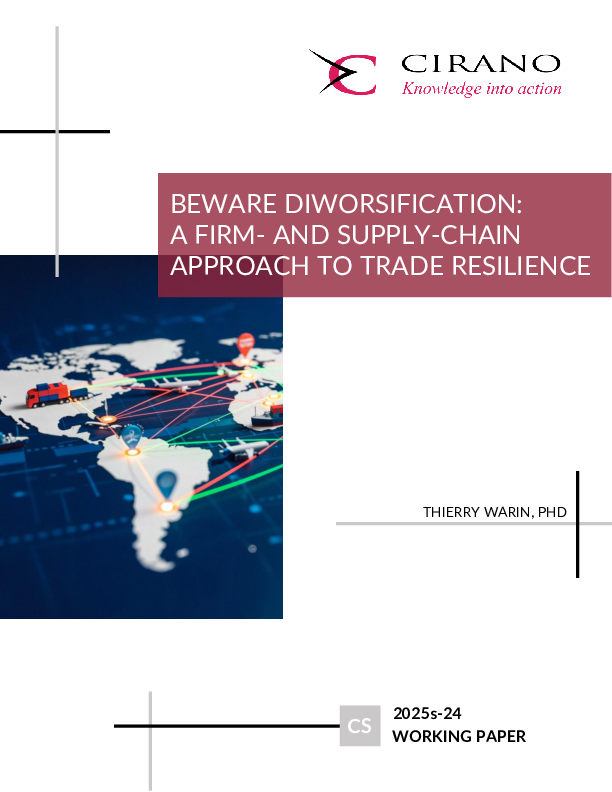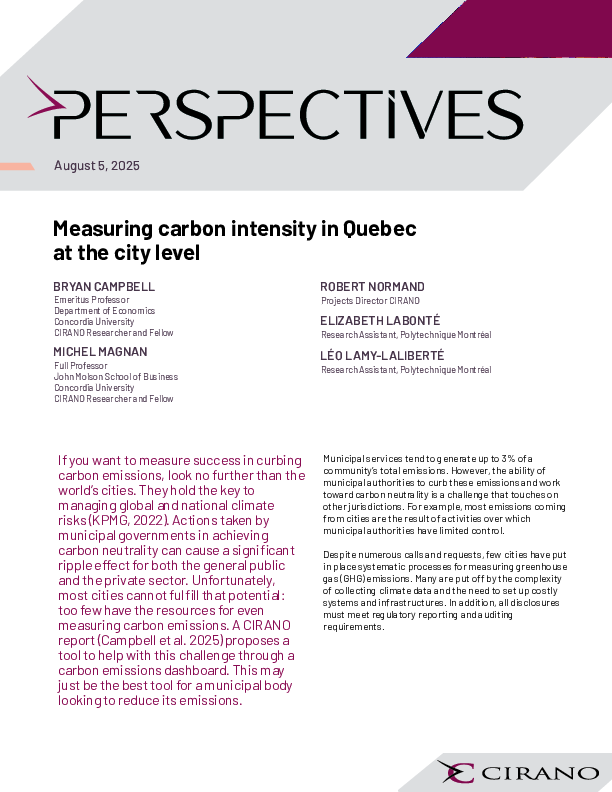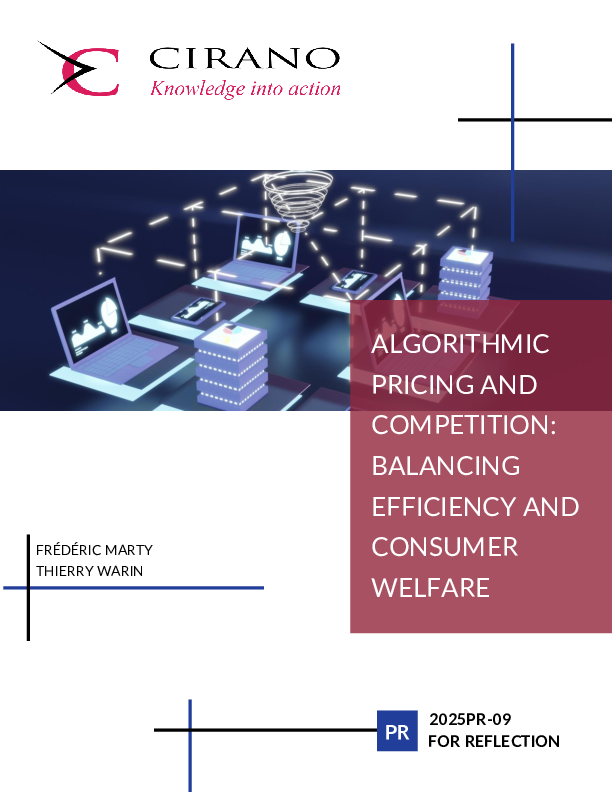Communication des risques industriels au public - Les expériences aux États-Unis et en France
In many domains, opinion plays a very significant role which will not stop growing. It is true more than ever in the environmental and health domains, but also in industrial risks. Is it necessary to worry about it? Won't today's mindset become tomorrow's regulation?
We show the characteristics of the communication of industrial risks, then we analyze several models illustrating the current regulations that govern information to the public, the various means of communicating, the conveyed messages, their useful contributions and their limits, in particular in the United States and in France.
First of all, we describe general notions of the communication of industrial risks. We highlight how the communication of risks to stakeholders is an important part of each step in the risk management decision process.
In a second part, we study the American experience. We focus on the information that is actually transmitted to citizens and on the transmission resources used. We examine more closely the example of "Local Emergency Planning Committees"" (LEPCs), which are very significant entities, pivotal in the formal link between citizens, the industry and the government.
In a third part, we examine the administrative responsibilities of the various actors implicated in the industrial risk management in France. We consider the questions of communication, namely which are the general principles of the communication, which is the information actually transmitted to the citizens, which are the means set up to enhance the public participation. Concerning this last point, we describe in more details the example of a local commission of information in the town of Strasbourg (East of France). To conclude, we will also examine how the new French bill approved by the Senate on February 6th 2003 relating to the prevention of technological and natural hazards and compensation for damages will require the creation of mandatory local commissions of information and discussion (CLIC) around each site at risk. These committees will address all questions concerning the risks, in view of improving the information and discussion about these risks, and the means of preventing them."
[ - ]
We show the characteristics of the communication of industrial risks, then we analyze several models illustrating the current regulations that govern information to the public, the various means of communicating, the conveyed messages, their useful contributions and their limits, in particular in the United States and in France.
First of all, we describe general notions of the communication of industrial risks. We highlight how the communication of risks to stakeholders is an important part of each step in the risk management decision process.
In a second part, we study the American experience. We focus on the information that is actually transmitted to citizens and on the transmission resources used. We examine more closely the example of "Local Emergency Planning Committees"" (LEPCs), which are very significant entities, pivotal in the formal link between citizens, the industry and the government.
In a third part, we examine the administrative responsibilities of the various actors implicated in the industrial risk management in France. We consider the questions of communication, namely which are the general principles of the communication, which is the information actually transmitted to the citizens, which are the means set up to enhance the public participation. Concerning this last point, we describe in more details the example of a local commission of information in the town of Strasbourg (East of France). To conclude, we will also examine how the new French bill approved by the Senate on February 6th 2003 relating to the prevention of technological and natural hazards and compensation for damages will require the creation of mandatory local commissions of information and discussion (CLIC) around each site at risk. These committees will address all questions concerning the risks, in view of improving the information and discussion about these risks, and the means of preventing them."




